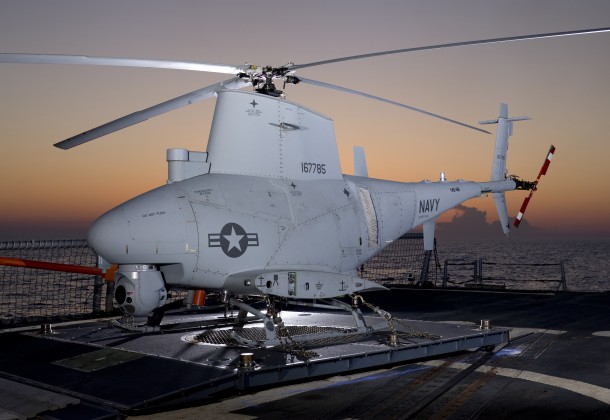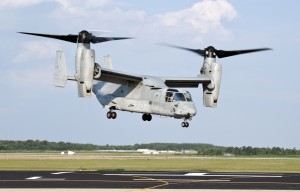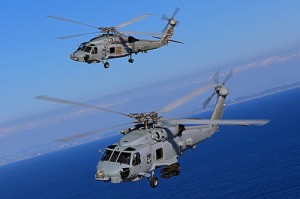NAVAIR’s Rotary Programs Making Steady Progress

By Jay Friess
Editor
The Pentagon has released its FY2012 Director, Operational Test and Evaluation Report to the public, summarizing the state of the military’s developmental projects, including those being tested at Naval Air Station Patuxent River.
With the F-35 Lightning II Joint Strike Fighter and the X-47B UCAS-D getting all the attention from the media these days, it’s easy to forget that Pax River is still testing the next generation of the Navy’s aerial backbone – rotary aircraft.
The Pentagon’s Director of Operational Test and Evaluation office noted in their recent annual report that the Naval Air Systems Command’s rotary aircraft development programs continued to make strides in fiscal year 2012.

Fire Scout unmanned helicopter (Photo courtesy of the U.S. Navy)
The Fire Scout unmanned helicopter program had a rough year, losing two test vehicles in April 2012, one during shipboard testing and one during Libya surveillance operations.
However, the DOT&E report noted, “The Navy has made satisfactory progress on three of the four FY11 recommendations. It has developed overland ISR standard operating procedures and an operator training syllabus for aviation detachments operating [vertical takeoff unmanned aerial vehicles]. The Navy has also established an office to review and coordinate all Navy [unmanned aerial system] development and fielding, which addresses the recommendation to conduct an end-to-end review of its command and control network to facilitate the dissemination of near-real-time video.”
The report noted that the Navy will address the DOT&E’s fourth recommendation – expanding the scope of initial operational test and evaluation – when it updates its testing protocol this year.
The report further recommends that the Navy should improve the Fire Scout’s ability to detect where it is in relation to its landing ship; conduct a formal assessment of VTUAV tactics, logistics supportability, training, and manning to identify areas of risk to successful IOT&E; and conduct a failure mode analysis between the newer, larger MQ-8C airframe and the older, smaller MQ-8B to determine which failure modes are common to both aircraft.

A U.S. Marine Corps MV-22 Osprey lifts off from Naval Air Station Patuxent River. (U.S. Navy photo)
The Osprey program was also rattled by two crashes this year. The Marines lost an MV-22 in Morocco in April 2012, and the Air Force lost a CV-22 in Florida in June 2012. However, here DOT&E found steady progress in the testing program.
“The Navy has made improvements and has plans to make other reliability improvements to the icing protection system, as recommended in FY11,” the report reads. “The Navy should conduct operational testing in icing conditions when all icing protection system enhancements are completed.”
DOT&E recommended that the Navy “continue development and testing to improve overall MV-22 reliability, availability, and maintainability with particular emphasis on the flight controls, integrated wiring, and drive train subsystems.”

MH-60R Seahawk photo courtesy of Lockheed Martin
While the MH-60R and MH-60S Seahawk helicopters aren’t cutting-edge airframes, the Navy continues to steadily improve them as well.
DOT&E noted that the Navy has finally addressed four of its recommendations this year for the MH-60R, including resolving the frequent failures of the sonar reel and cable assembly and investigating and applying corrections to the digital communications system. DOT&E recommended that the Navy plan to conduct final operational test and evaluation to assess the MH‑60R’s surface warfare capability when equipped with the Hellfire missile.
As for the MH-60S, DOT&E said that the Navy satisfactorily addressed 8 of the 11 previous recommendations. It also recommended that the Navy finish testing the Hellfire on the platform.






















